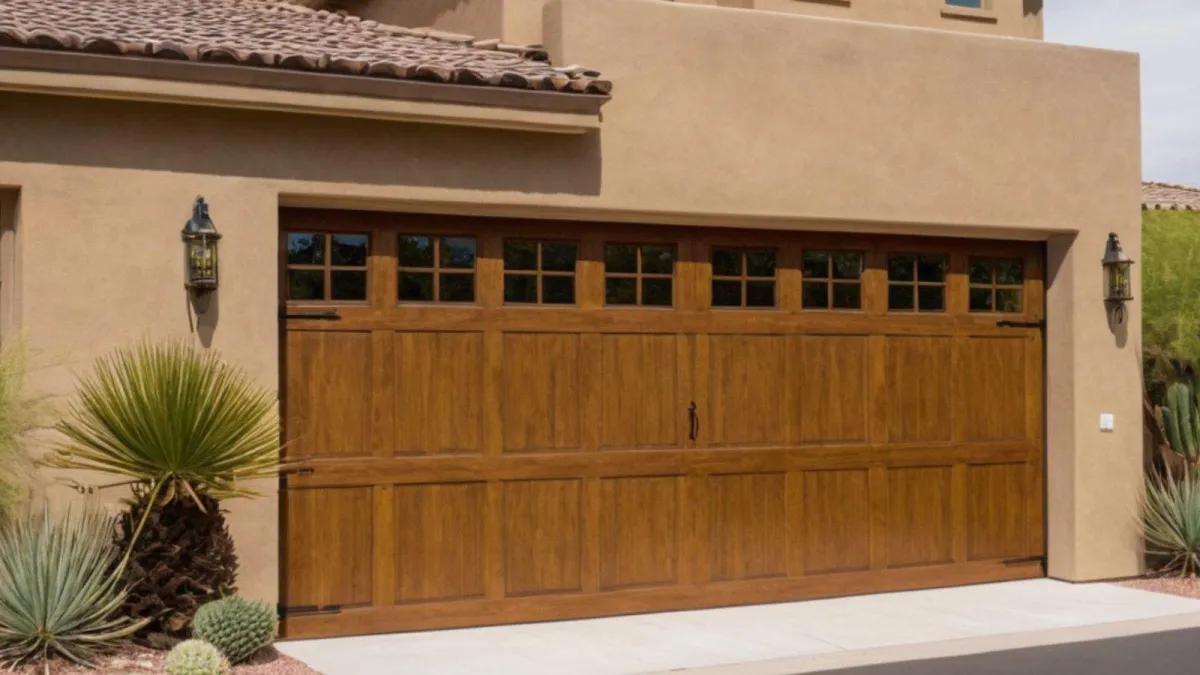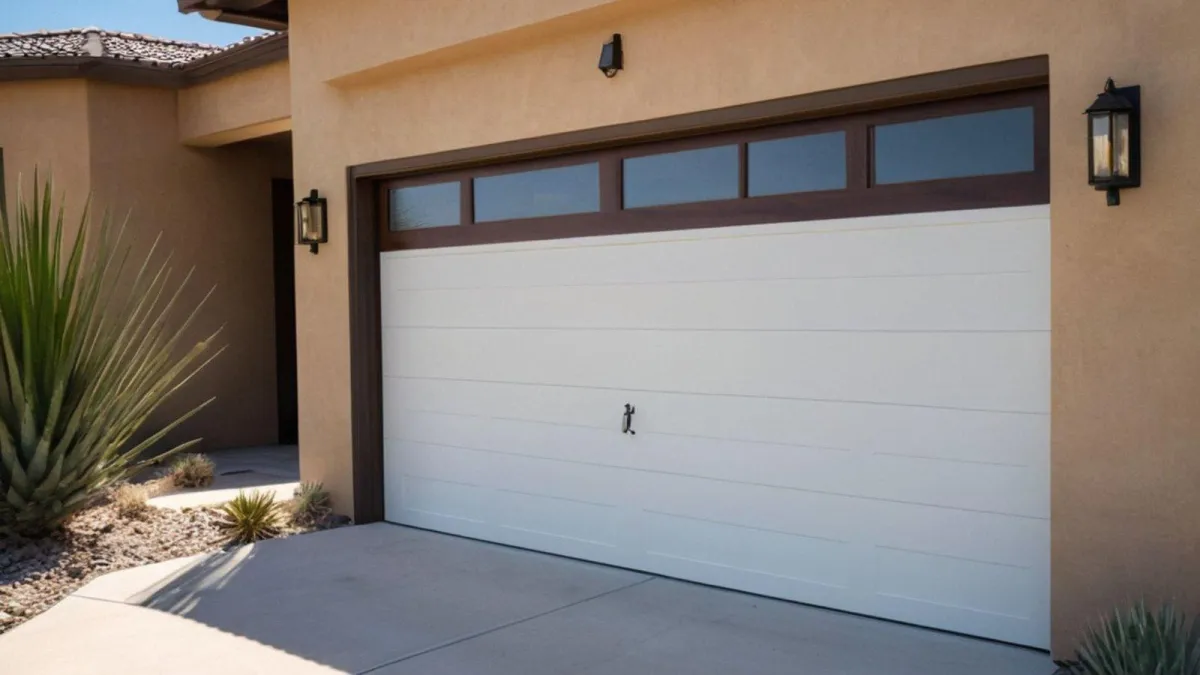Any Questions? Call Us Today!
Your Trusted Garage Door Repair Team in Phoenix
Expert Garage Door Repair in Metro Phoenix, Arizona
Always Free Estimates
Your Trusted Garage Door Repair Team in Phoenix
Expert Garage Door Repair in Metro Phoenix, Arizona
Always Free Estimates
Expert Technicians
Skilled professionals providing quality repairs with years of experience
Quick Response Time
Fast and efficient service to minimize downtime for customers
Affordable Pricing
Transparent and competitive pricing without compromising on quality
Fix Your Garage Door Quickly with Our Expert Technicians
At All That and More Garage Doors, we specialize in providing top-notch garage door repair services in Metro Phoenix. Whether you’re dealing with a broken spring, faulty opener, or misaligned track, our expert team is ready to restore your garage door to perfect working condition. With years of experience and a commitment to customer satisfaction, we ensure fast, reliable, and affordable solutions tailored to your needs. Trust All That and More Garage Doors for all your garage door repair needs and experience the best service in Metro Phoenix today!
Our Path to Success
Our Approach
Our approach at All That and More Garage Doors is centered on delivering exceptional garage door repair services in Metro Phoenix with a focus on quality and efficiency. We begin with a thorough inspection to diagnose the issue accurately, ensuring we address both immediate problems and potential future concerns. Our skilled technicians use the latest tools and techniques to provide reliable repairs, while our commitment to clear communication and customer satisfaction ensures a smooth, stress-free experience. By combining expertise with a dedication to excellence, All That and More Garage Doors guarantees that your garage door operates flawlessly and efficiently.
Need A Quote?
Get Free Estimate Today!
Our Path to Success
Metro Phoenix Garage Door Services
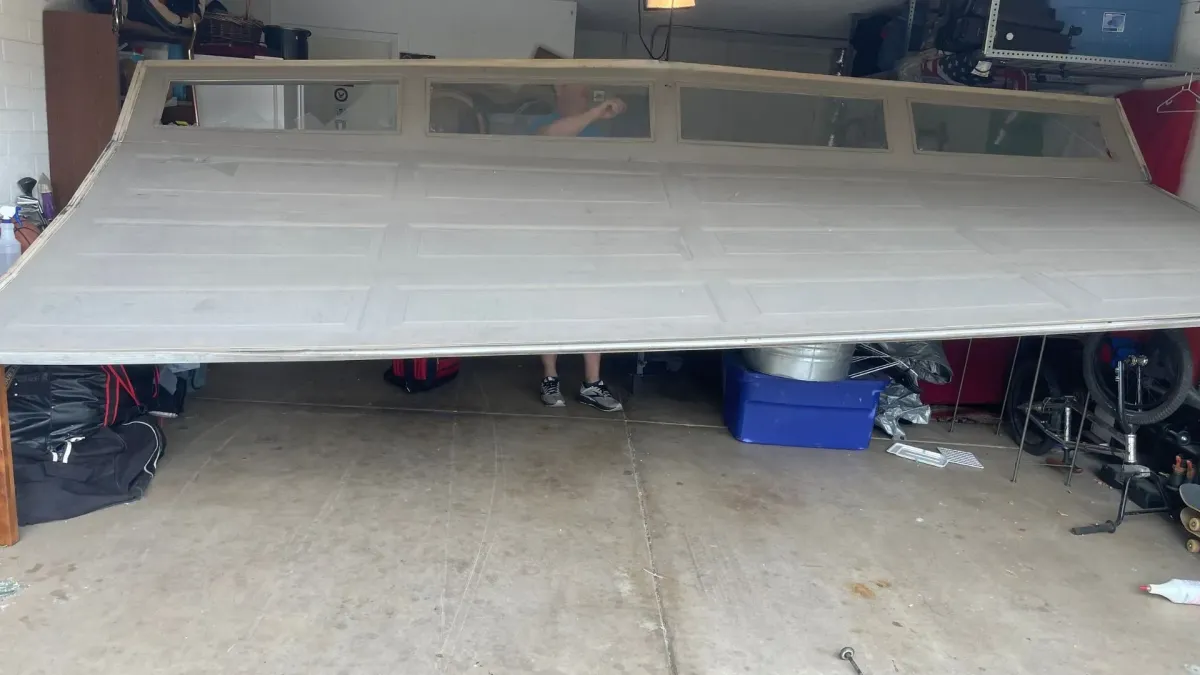
Garage Door Repair
All That and More Garage Doors offers prompt and reliable garage door repair services in Metro Phoenix. Our expert technicians swiftly address issues such as malfunctioning openers, damaged springs, or misaligned tracks, ensuring your garage door functions smoothly and securely.
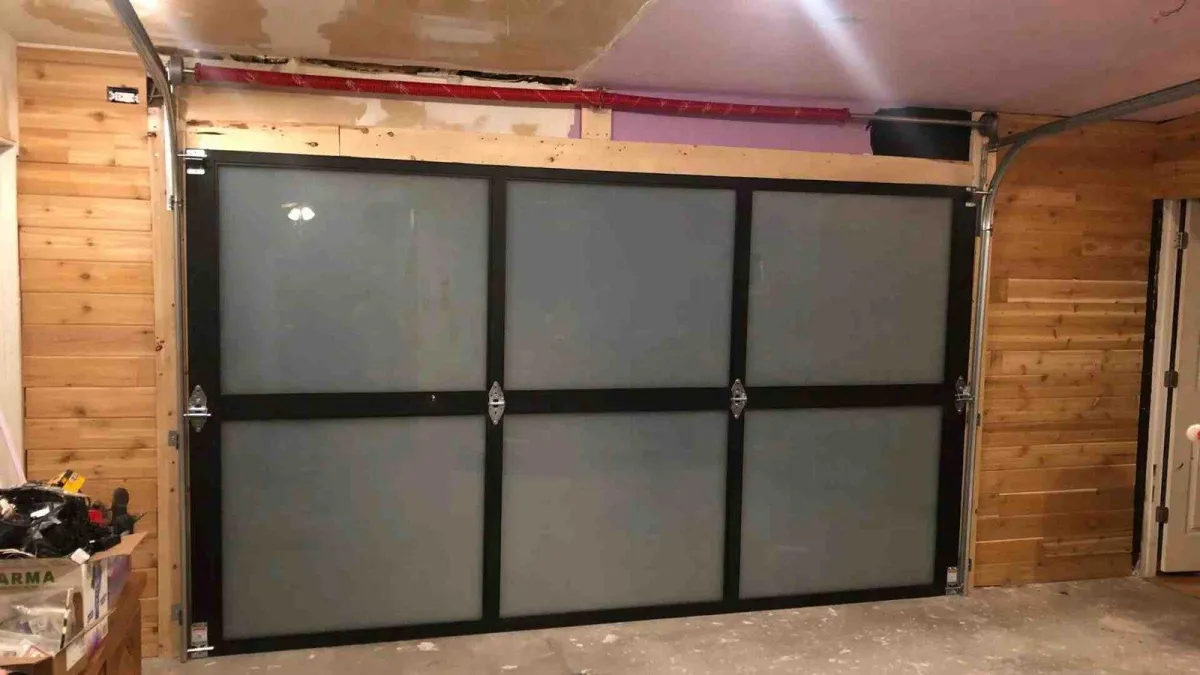
Garage Door Replacement
When it’s time for a new garage door, we provide high-quality replacement services. We help you choose the perfect door style and material to enhance your home’s curb appeal and provide long-lasting performance.
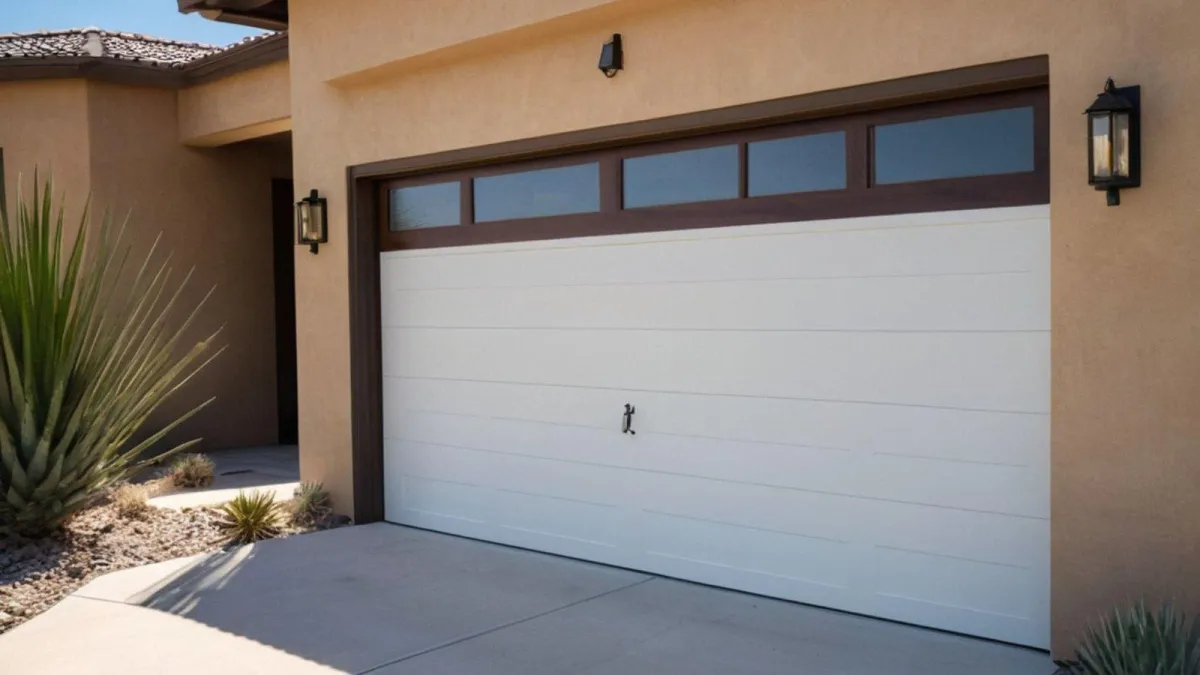
Garage Door Installation
All That and More Garage Doors handles garage door installation with precision and care. Our team ensures a perfect fit and proper operation, offering a wide range of styles and materials to suit your preferences and enhance your home’s security.
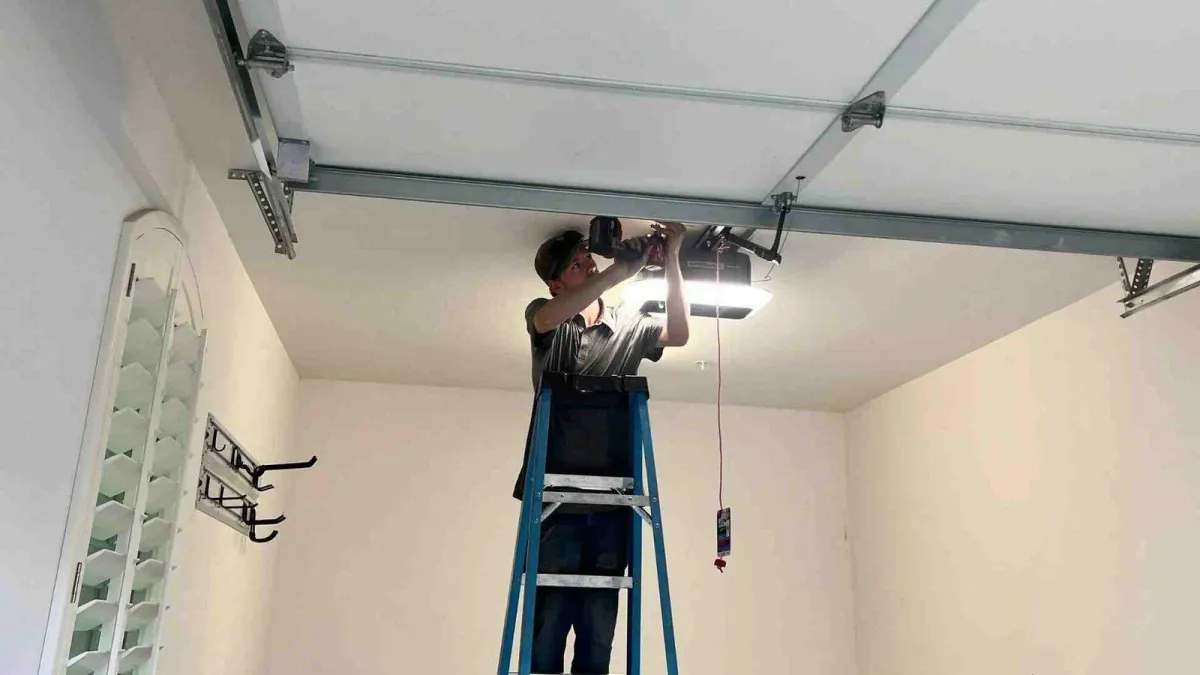
Garage Door Opener Repair
Our skilled technicians at All That and More Garage Doors specialize in garage door opener repair. From fixing remote issues to addressing motor malfunctions, we ensure your opener operates efficiently and reliably for seamless access to your garage.
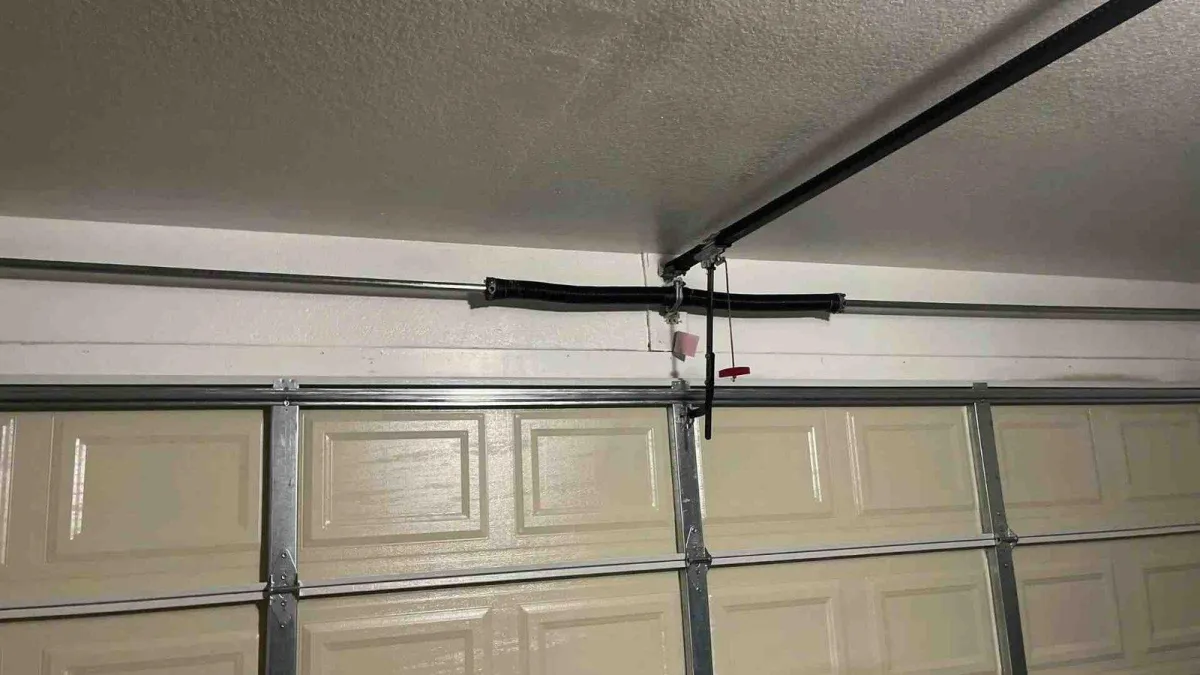
Garage Door Spring Repair
We provide expert garage door spring repair services. We handle broken or worn-out springs with precision, ensuring your garage door operates smoothly and safely, avoiding potential hazards and extending the lifespan of your door.
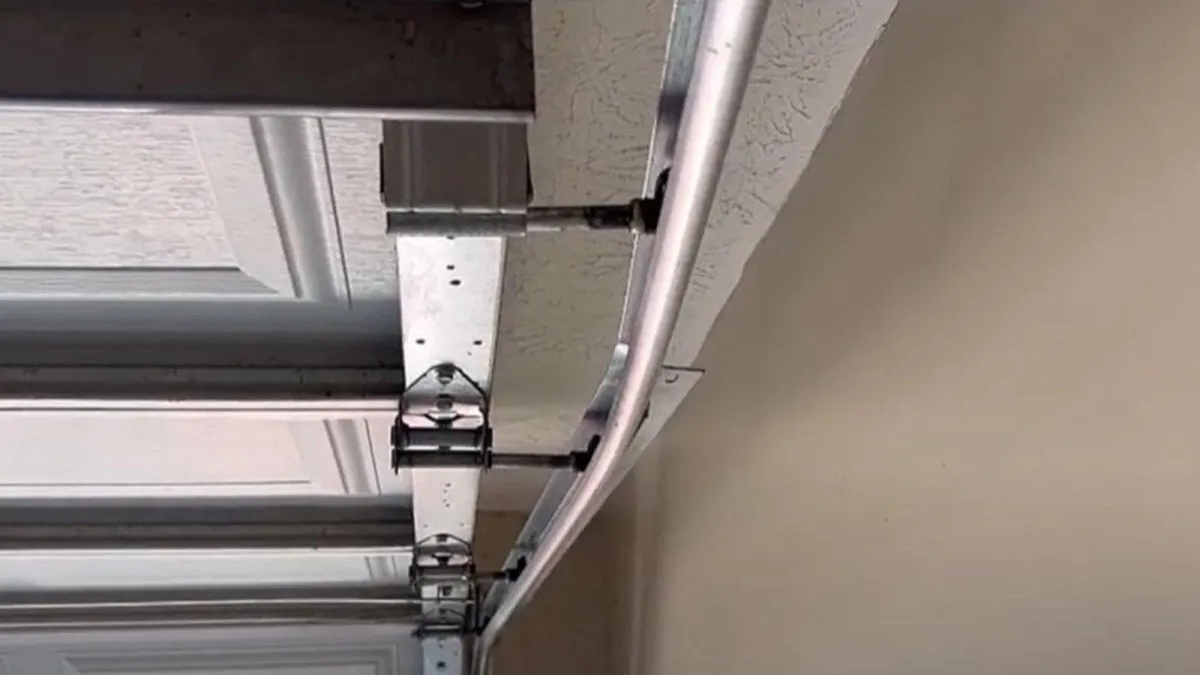
Garage Door Track Repair
If your garage door tracks are damaged or misaligned, we can help. Our track repair services ensure smooth and quiet door operation, addressing any issues that may cause jams or improper functioning.
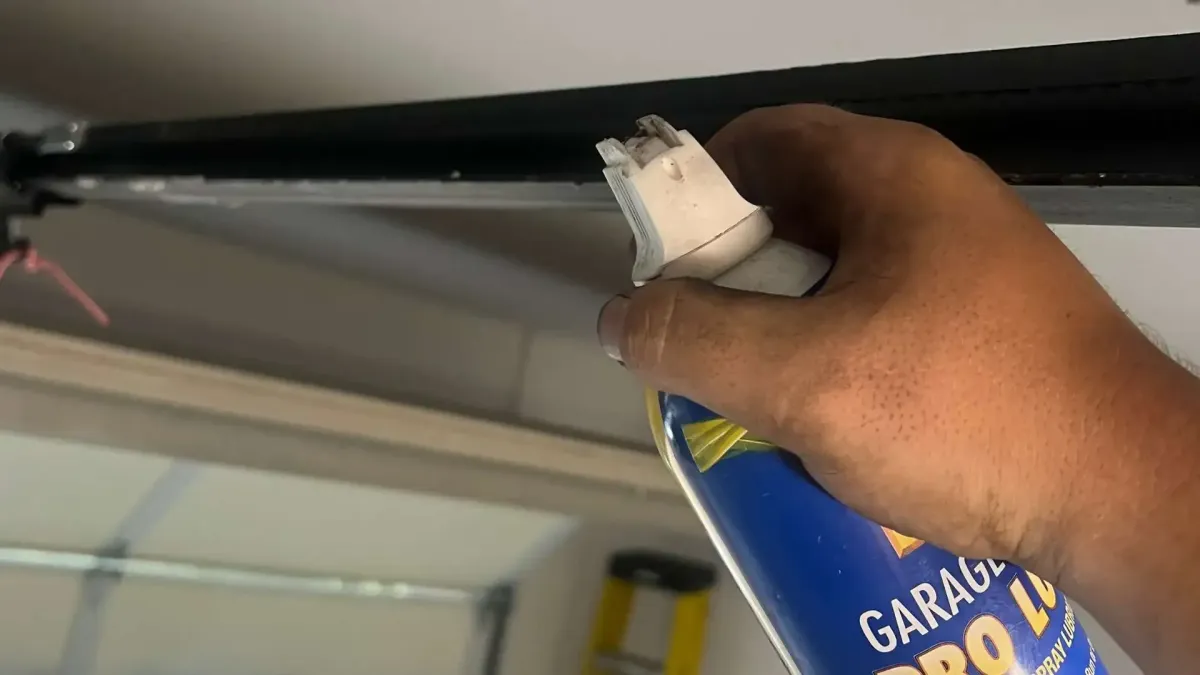
Garage Door Maintenance
Regular maintenance from All That and More Garage Doors keeps your garage door in top condition. Our comprehensive service includes inspection, lubrication, and adjustments to prevent issues, extend the lifespan of your door, and ensure reliable performance.
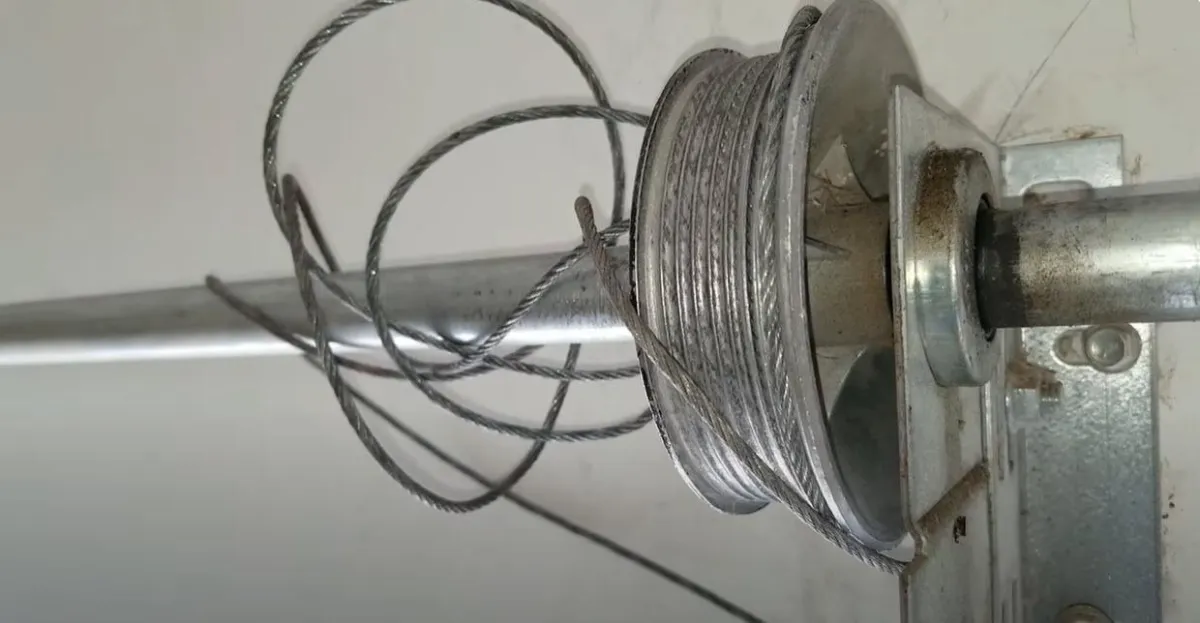
Garage Door Cable Repair
All That and More Garage Doors offers expert cable repair services to address frayed or broken cables. Our skilled technicians restore your garage door’s functionality and safety, ensuring smooth operation and preventing potential damage or accidents.
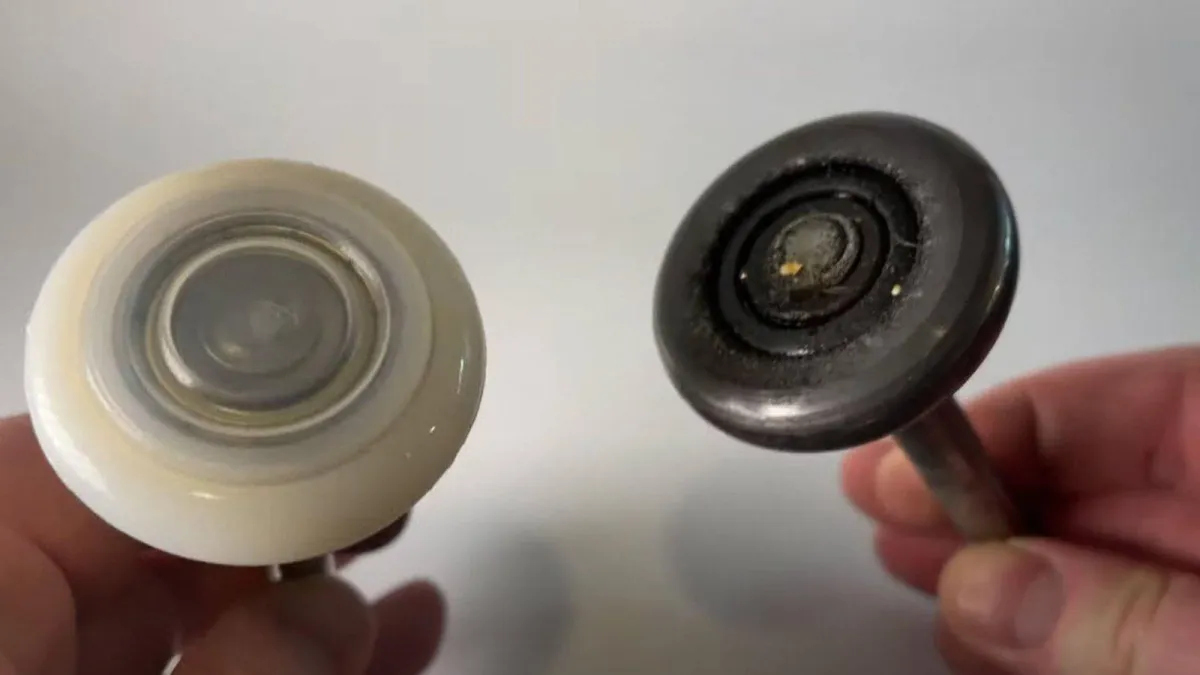
Garage Door Roller Repair
For smooth and efficient garage door operation, trust us for roller repair. We replace or repair damaged rollers, ensuring your door moves quietly and reliably, enhancing the overall performance and longevity of your system.
Why We’re the Best Choice
Why Choose All That And More Garage Doors?
Expert Technicians
At All That and More Garage Doors, our team consists of highly trained technicians with extensive experience in garage door repair. We ensure precise and efficient service, addressing every issue with skill and attention to detail.
Fast Response Time
We understand that garage door problems can be urgent. All That and More Garage Doors prides itself on quick response times, providing fast and effective solutions to minimize any disruption to your daily routine.
Quality Parts and Materials
We use only high-quality parts and materials for all repairs and installations. We ensure that every component meets industry standards, guaranteeing long-lasting performance and reliability for your garage door.
Competitive Pricing
All That and More Garage Doors offers competitive pricing without compromising on quality. We provide transparent estimates and affordable solutions, ensuring you receive the best value for your garage door repair and maintenance needs.
Comprehensive Services
From repair and replacement to installation and maintenance, We offer a full range of garage door services. Our comprehensive approach ensures all your needs are met with expertise and efficiency.
Customer Satisfaction
Customer satisfaction is our top priority at All That and More Garage Doors. We are committed to providing exceptional service, clear communication, and personalized solutions, ensuring that every customer is completely satisfied with our work.
How It Works
Our Process
Initial Consultation
At All That and More Garage Doors Services, we believe in understanding your specific needs right from the start. During our initial consultation, we’ll listen carefully to your concerns and preferences. Whether you’re looking for repairs, installations, or maintenance, we’ll take the time to discuss your options and provide you with personalized recommendations tailored to your situation.
Detailed Inspection
Our skilled technicians perform a comprehensive inspection of your garage door system. This step helps us identify underlying issues and ensures we address all potential problems, ensuring a complete and effective repair.
Accurate Diagnosis
All That and More Garage Doors diagnoses the problem with precision. We use advanced tools and techniques to pinpoint the exact cause of malfunction, allowing us to provide targeted and efficient repair solutions.
Transparent Estimate
We offer a clear and detailed estimate before starting any work. All That and More Garage Doors ensures you understand the costs involved and approve the service, avoiding surprises and ensuring transparency throughout the process.
Expert Repair
Our team performs the necessary repairs using high-quality parts and expert techniques. All That and More Garage Doors ensures that each repair is completed to the highest standards, restoring your garage door’s functionality and safety.
Final Quality Check
After completing the repair, we conduct a thorough quality check to ensure everything operates smoothly. All That and More Garage Doors ensures that your garage door meets our rigorous standards before we consider the job finished.
5+
Years of Experience
1000+
Satisfied Client
500+
Completed Projects
Customer Testimonials
Got Questions?
Frequently Ask Question
What types of garage door issues do you handle?
At All That and More Garage Doors, we address a wide range of garage door issues, including broken springs, malfunctioning openers, damaged tracks, and cable repairs. Our expert technicians in Phoenix ensure precise and efficient solutions to restore your garage door’s functionality.
How quickly can you repair my garage door?
All That and More Garage Doors prioritizes quick response times for garage door repairs. In most cases, we can schedule a service appointment within 24 hours. Our team works efficiently to resolve issues promptly, minimizing disruption to your daily routine..
Do you offer emergency garage door repair services?
Yes, All That and More Garage Doors provides emergency garage door repair services. If you experience a sudden malfunction or safety issue with your garage door, contact us immediately. Our team in Metro Phoenix is ready to handle urgent repairs with prompt and reliable service.
What is the cost of garage door repair in Metro Phoenix?
The cost of garage door repair by All That and More Garage Doors varies based on the issue and the parts needed. We provide transparent estimates before starting any work, ensuring you understand the costs involved and receive high-quality service at a fair price.
How can I maintain my garage door to prevent issues?
Regular maintenance is key to preventing garage door issues. All That and More Garage Doors recommends periodic inspections, lubrication of moving parts, and checking for wear and tear. Proper maintenance helps extend the lifespan of your garage door and ensures reliable performance.
We’d Love to Hear from You
Get in Contact with Us!
At All That and More Garage Doors, we are dedicated to providing top-quality garage door repair services in Metro Phoenix. Our experienced team is committed to delivering efficient and reliable solutions for all your garage door needs, ensuring that your system operates smoothly and securely. From quick repairs to comprehensive installations, we handle every task with precision and care.
For expert garage door repair in Metro Phoenix, contact us today at 602-303-0818. Whether you have an urgent issue or need routine maintenance, All That and More Garage Doors is here to assist you. Let us help you keep your garage door in perfect condition.

At All That and More Garage Doors, we specialize in providing top-notch garage door repair services in Metro Phoenix. All That and More Garage Doors for all your garage door repair needs and experience the best service in Metro Phoenix today!
© 2025 All That And More Garage Doors. All rights reserved | ROC#352165
